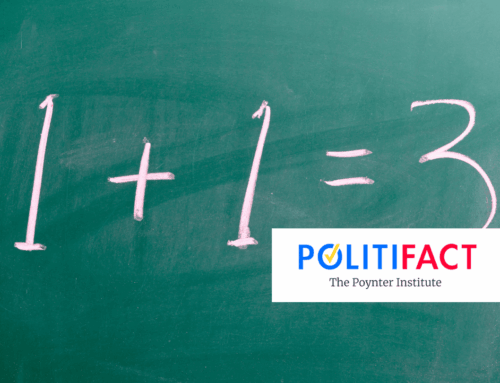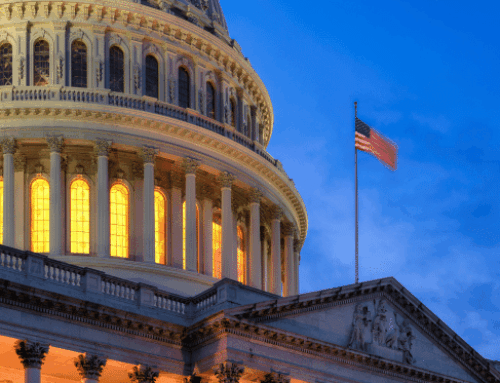One of the many “policy riders” in the final package is the Electoral Count Act Reform of 2022. After the mob of protesters overran the Capitol on January 6th in an attempt to overturn the results of the 2020 presidential election, a number of bills have been introduced to shore up the process. Former President Donald Trump and some members of Congress tried to take advantage of several loopholes in existing law, which was established in the Electoral Count Act of 1887.
Among other things, Article II of the U.S. Constitution establishes the election of the President, including the establishment of the Electoral College. Congress enacted legislation clarifying the process after the disputed 1876 presidential election between Rutherford B. Hayes and Samuel J. Tilden, where several states submitted competing slates of electors. This 135-year-old law is still in effect today.
In most states, the winner of the popular vote in that state gets all the electors, who together comprise the Electoral College. In general, the winning political party in each state selects the people who will serve as electors, usually party leaders or members. A state official, typically the governor or secretary of state, certifies the state’s electors. This process is largely left to the states to decide.
The President is actually elected when the Electoral College votes in mid-December, and the candidate who receives at least 270 elector votes—more than half of all electors in the U.S.— wins. On the following January 6th, the president of the Senate (the current vice president) opens the ballots and reads them to the House of Representatives and Senate, and the new president is sworn in at noon on January 20.
Most of these dates have been largely ceremonial, until the 2020 election, when then-President Donald Trump’s legal team brought more than 60 lawsuits in courts across the country disputing the election results and the validity of state elector certifications. Trump also reportedly recruited sympathetic state legislators to submit “alternate” electors. Republican representatives in Congress also objected to the Electoral College count, and Trump claimed that then-Vice President Mike Pence should reject the votes cast by the disputed electors.
In response, the Electoral Count Reform Act proposes several changes to this process:
- only the governor can certify a state’s electors, unless otherwise specified in the laws or constitution of a state;
- the vice president’s role would be purely “ministerial” during counting of electoral votes on January 6th;
- requires one-fifth of both the House and the Senate to formally object to Electoral College votes;
- strikes a provision that could be used by state legislatures to override the popular vote in their states by declaring a “failed election;” and
- provides for expedited review, including a three-judge panel with a direct appeal to the Supreme Court, of certain claims related to a state’s electors.
The original bill was introduced by Sens. Susan Collins (R-ME) and Joe Manchin (D-WV) and reportedly has bipartisan support.








